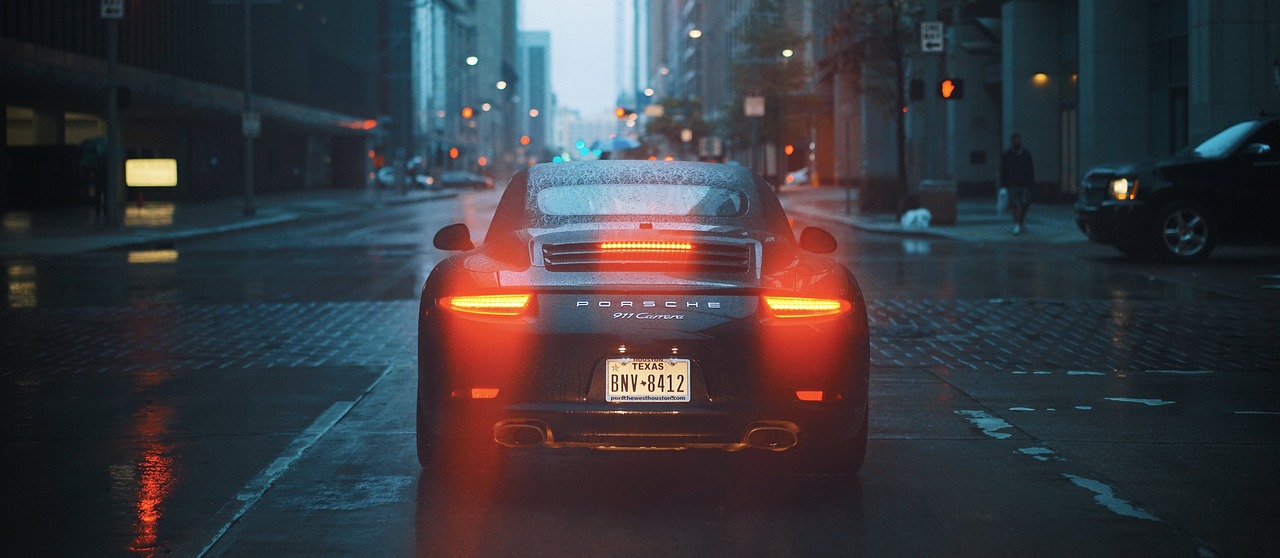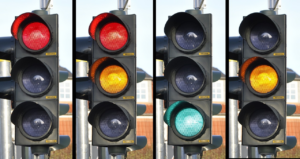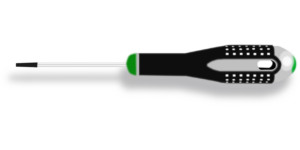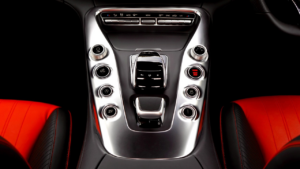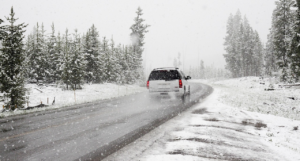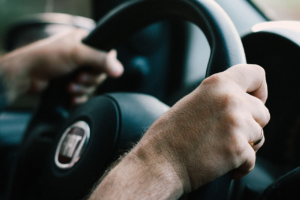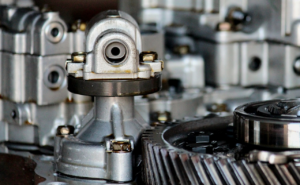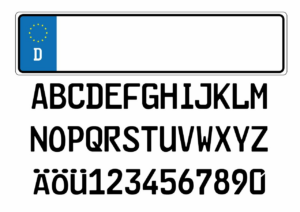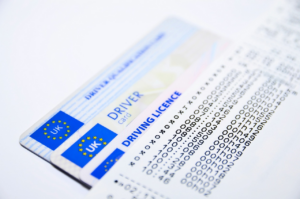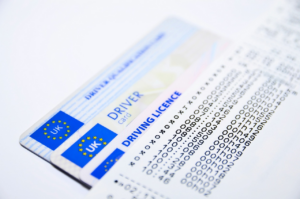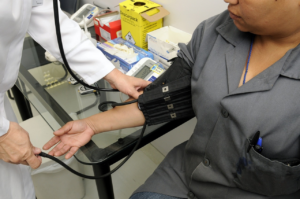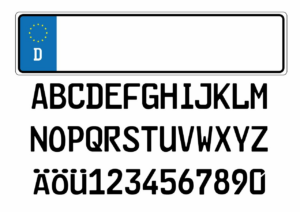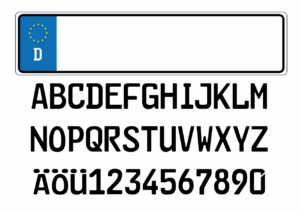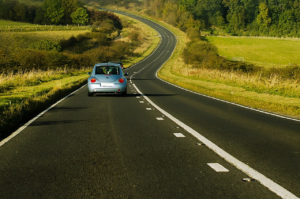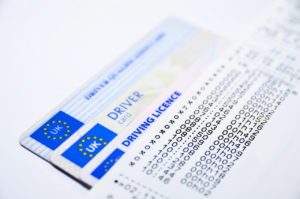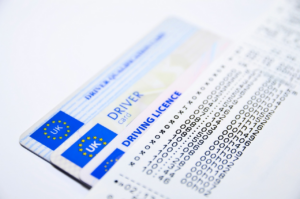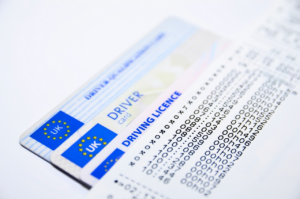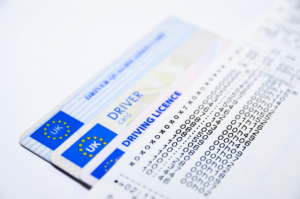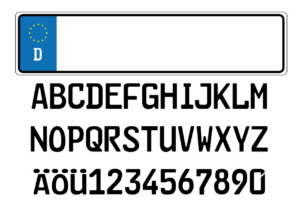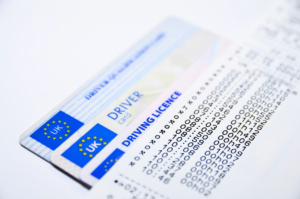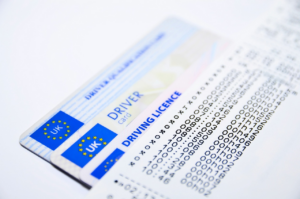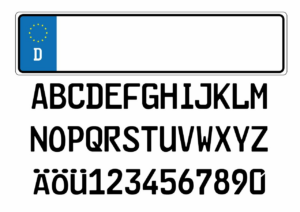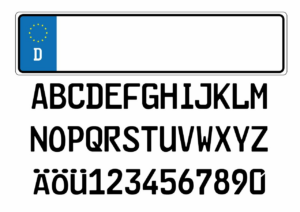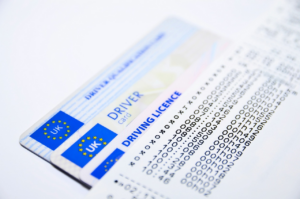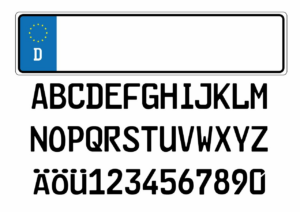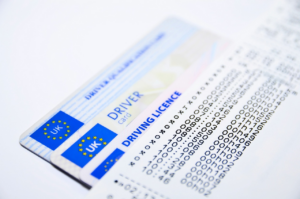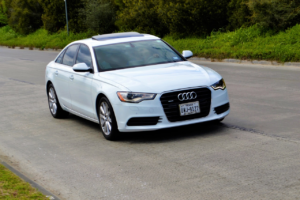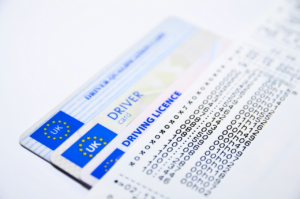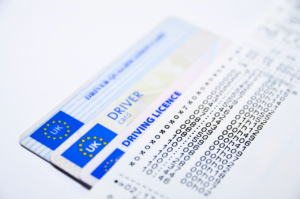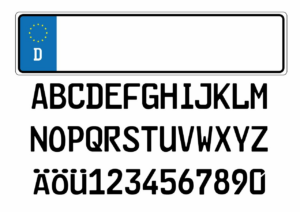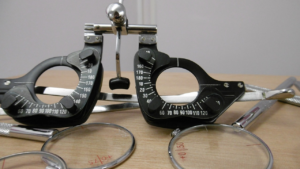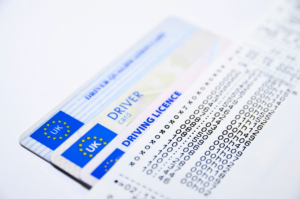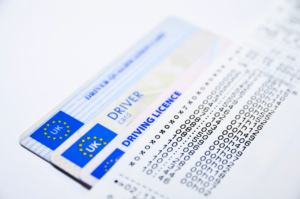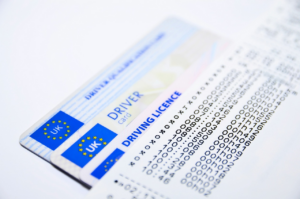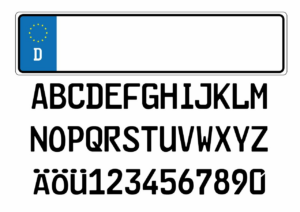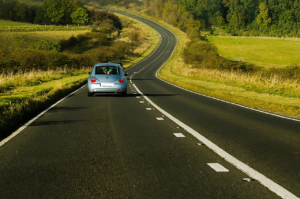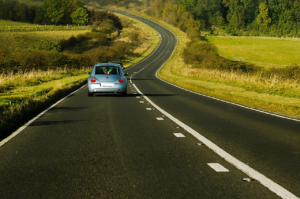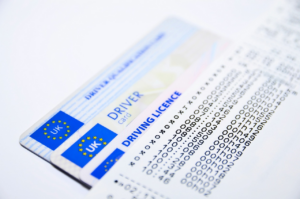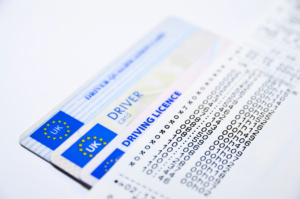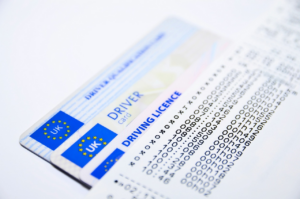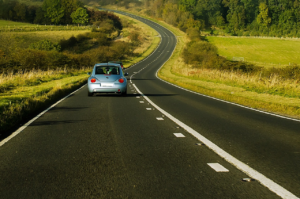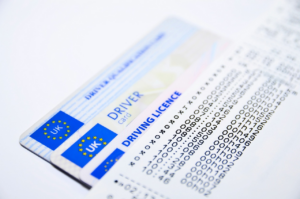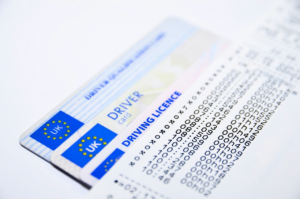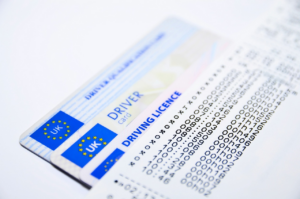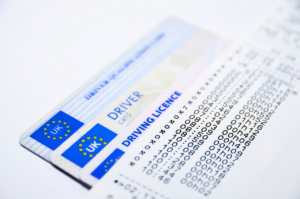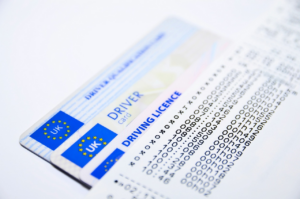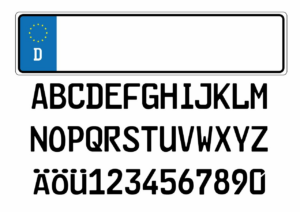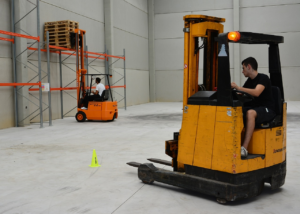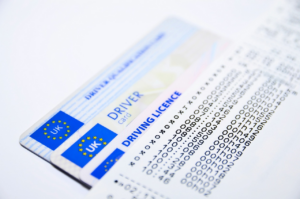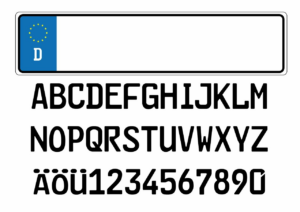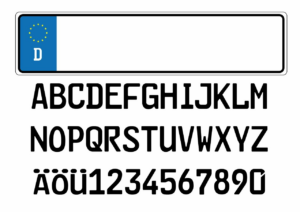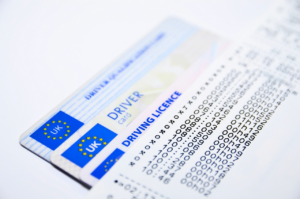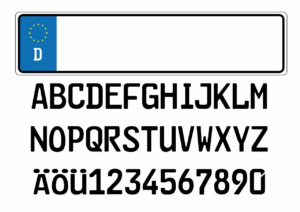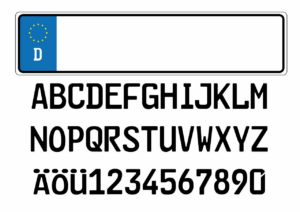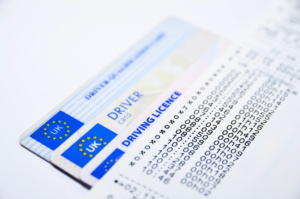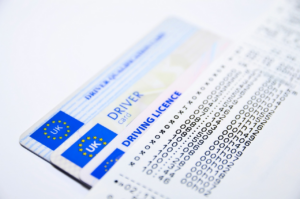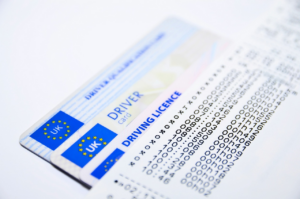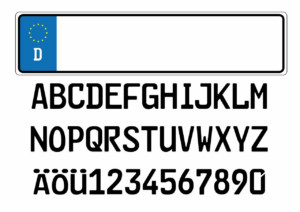Are you tired of dealing with tailgaters on the road? It can be a frustrating and dangerous situation, but there are ways to handle it effectively. In this article, we will provide you with seven tips and tricks for dealing with tailgaters and staying safe on the road.
By following these suggestions, you can feel more confident and in control behind the wheel.
First and foremost, it is important to stay calm and composed when dealing with tailgaters. Getting angry or frustrated will only escalate the situation and put you at risk.
Instead, take a deep breath and focus on maintaining a safe driving distance. This is just one of many strategies you can use to deal with tailgaters and ensure that you arrive at your destination safely.
Stay Calm and Composed
Staying calm and composed in the face of aggressive driving isn’t just safer for you and your passengers, but it also sends a message to the tailgater that their behavior won’t affect your driving.
When someone is tailgating you, it can be easy to feel frustrated and angry, but reacting emotionally will only escalate the situation. Instead, take a deep breath and focus on maintaining a steady speed and safe following distance from the car in front of you.
Remember that tailgating is a form of aggressive driving, and responding with more aggression will only make things worse. By staying calm and composed, you’re showing the tailgater that you’re in control of the situation and won’t be intimidated by their behavior.
This can often be enough to make them back off and give you more space on the road. So the next time you’re dealing with a tailgater, take a deep breath and stay cool, calm, and collected.
Increase Your Following Distance
By giving yourself more space between you and the car in front of you, you’ll not only feel more relaxed while driving, but you’ll also have a better chance of avoiding accidents caused by tailgating drivers. Here are some tips to help you increase your following distance:
-
Always maintain a safe distance of at least two seconds behind the car in front of you. You can do this by picking a stationary object on the side of the road and counting the seconds it takes for the car in front of you to pass it.
-
Increase your following distance in adverse weather conditions, such as rain or snow. It can take longer to stop your car on a wet or icy road, so give yourself extra space to avoid collisions.
-
Avoid sudden braking or accelerating, as this can cause the tailgating driver to become more aggressive. Instead, try to maintain a consistent speed and give clear signals when you need to slow down or turn.
-
If you’re being tailgated by a driver who is trying to pass you, move over to the right lane or pull over and let them pass when it’s safe to do so.
-
Be aware of your surroundings and anticipate potential hazards on the road. This will give you more time to react and avoid accidents caused by tailgating drivers.
Remember, increasing your following distance is one of the most effective ways to deal with tailgating drivers. Stay calm, stay focused, and stay safe on the road.
Move to the Right Lane
You should move to the right lane to allow faster drivers to pass you safely. This is especially important if you are driving slower than the flow of traffic or if you are in the left lane and not passing anyone. By moving to the right lane, you are giving tailgaters an opportunity to pass you without having to ride your bumper or make dangerous maneuvers to get around you.
To help understand when it is appropriate to move over to the right lane, use the following table as a guide:
| Lane | Speed Range | Passing Lane | Non-passing Lane |
|---|---|---|---|
| 1 | 55-65 mph | Right | N/A |
| 2 | 65-75 mph | Right | Middle/Left |
| 3 | 75+ mph | Middle/Right | Left |
Remember, the left lane is for passing and the right lane is for slower traffic. By following this simple rule, you can help keep the flow of traffic moving safely and avoid frustrating tailgaters.
Use Signals to Indicate Your Intentions
Let’s make sure everyone knows where we’re headed by using our turn signals – it’s a simple way to communicate and keep everyone safe on the road!
When dealing with tailgaters, it’s important to use your signals to indicate your intentions. If you need to change lanes or make a turn, use your blinkers to let the driver behind you know what you’re planning to do. This will give them enough time to adjust their speed or position, rather than being caught off guard and potentially causing an accident.
Additionally, using your signals can help prevent misunderstandings and road rage. If a tailgater is following you too closely, signaling your intentions can help them understand why you’re braking or slowing down. It can also help them see that you’re not intentionally trying to slow them down or hold them up.
Overall, using your turn signals is a simple yet effective way to communicate with other drivers and ensure everyone stays safe on the road.
Pull Over and Let Them Pass
When driving and someone is following too closely, sometimes the best course of action is to pull over and allow them to pass. This can be nerve-wracking for some drivers, but it’s important to remember that it’s better to let the tailgater go ahead than risk a collision. Here are some tips to make the process easier:
-
Look for a safe space to pull over. This could be a rest area, a wide shoulder, or a parking lot.
-
Use your turn signal to indicate your intention to pull over.
-
Slow down gradually and move to the right side of the road.
-
Once the tailgater has passed, take a deep breath and continue driving at a safe distance from the car in front of you.
Remember, letting a tailgater pass is not a sign of weakness. It’s a smart move that can help ensure your safety on the road.
Contact Authorities if Necessary
If you’re driving on the road and someone’s tailgating you, it can be a nerve-wracking experience. While pulling over and letting them pass is often the best course of action, there may be situations where that’s not possible.
In those cases, it’s important to know what to do to ensure your safety. If you feel threatened by a tailgater, don’t hesitate to contact the authorities. This is especially important if the tailgater is driving aggressively or erratically, which could put other drivers on the road in danger.
You can call 911 or the non-emergency police line and provide them with as much information as possible, such as the make and model of the car, the license plate number, and the location of the incident. If you have a dashcam, the footage could also be helpful to provide to the authorities.
Remember, it’s always better to err on the side of caution and seek help if you feel you’re in danger.
Install a Rearview Camera or Sensor
If you’re tired of straining your neck to see what’s behind you while driving, installing a rearview camera or sensor in your vehicle might be the solution. Not only can it make reversing and parking safer and easier, but it can also give you peace of mind when driving in busy areas or when sharing the road with tailgaters.
To choose the right camera or sensor for your vehicle, consider factors such as your budget, the type of vehicle you have, and the features that are most important to you.
Benefits of Having a Rearview Camera or Sensor
Having a rearview camera or sensor can make you feel more confident and in control while driving, allowing you to focus on enjoying the ride without worrying about aggressive drivers behind you. Here are some benefits of having a rearview camera or sensor:
-
You’ll have a better view of your surroundings: With a rearview camera or sensor, you can see what’s behind you much more clearly. This can be especially helpful in low light conditions or when it’s raining or foggy outside. You’ll be able to see if there’s anything or anyone in your blind spot and avoid collisions.
-
You’ll save time and money: If you’re someone who frequently gets tailgated, you may be tempted to brake suddenly or slow down to frustrate the other driver. However, this can be dangerous and may result in an accident. With a rearview camera or sensor, you can avoid such situations altogether and save yourself time, money, and potential headaches.
Additionally, you’ll be able to parallel park with greater ease, saving you time and preventing accidental damage to your vehicle.
How to Choose the Right Camera or Sensor for Your Vehicle
To ensure you select the most suitable camera or sensor for your vehicle, it’s essential to consider factors such as your budget, driving habits, and the type of vehicle you own.
First, take into account your budget. Rearview cameras and sensors come in a range of prices, so determine how much you’re willing to spend before making a purchase. Keep in mind that a higher price doesn’t necessarily mean better quality. Look for products with good customer reviews and a warranty.
Secondly, consider your driving habits. Do you frequently park in tight spaces or drive in areas with heavy pedestrian traffic? If so, a camera with a wide-angle lens and a clear display may be the best option for you. On the other hand, if you mainly drive on highways and need assistance with changing lanes, a sensor that alerts you of nearby objects may be more suitable.
Finally, the type of vehicle you own can also impact your choice. Some cameras and sensors are designed specifically for certain types of vehicles, such as trucks or SUVs. Be sure to do your research and choose a product that’s compatible with your vehicle.
Frequently Asked Questions
How do tailgaters affect the safety of other drivers on the road?
When you’re driving on the road, it’s important to maintain a safe distance from the car in front of you. Tailgaters can pose a serious threat to the safety of other drivers.
Not only does tailgating increase the risk of accidents, but it can also cause other drivers to feel anxious and stressed while on the road. When drivers are tailgated, they may be more likely to make sudden movements or brake suddenly, which can lead to collisions and other accidents.
It’s important for all drivers to be aware of the dangers of tailgating and to take steps to avoid it whenever possible. By maintaining a safe distance from other cars on the road, you can help ensure that everyone stays safe while driving.
Are there any legal consequences for tailgating?
If you’re wondering whether there are any legal consequences for tailgating, the answer is yes.
In fact, tailgating is considered a traffic violation in most states and can result in a fine or even a license suspension.
The reason for this is that tailgating is a dangerous behavior that can cause accidents, especially if the vehicle in front suddenly brakes or swerves.
Furthermore, tailgating is a form of aggressive driving, which can lead to road rage incidents and further endangerment of other drivers.
Therefore, it’s important to maintain a safe following distance and avoid tailgating at all costs.
What are some common reasons why drivers tailgate?
When you’re driving on the road, you’ve likely encountered a tailgater at least once. Tailgating is when a driver follows too closely behind you, which can be dangerous and nerve-wracking.
But why do people tailgate? There can be a variety of reasons. Some drivers may be in a rush or running late, while others may be impatient or aggressive. Some may not even realize they’re tailgating and simply be following the car in front of them too closely.
Whatever the reason, it’s important to stay calm and take appropriate measures to ensure your safety on the road.
Can tailgating be prevented by adjusting your driving speed?
To prevent tailgating, it’s important to adjust your driving speed. Driving too slowly can provoke tailgating, so maintain a reasonable speed and stay in the right lane unless you’re passing.
If you notice someone tailgating you, don’t hit the brakes or slow down suddenly. Instead, increase the distance between you and the car in front of you to give yourself more room to brake. If the tailgater is really aggressive, consider pulling over and letting them pass.
Remember to always stay calm and focused while driving.
How effective are rearview cameras or sensors in preventing tailgating accidents?
Rearview cameras and sensors can be useful in preventing tailgating accidents by providing you with additional visibility of the road behind you. However, they shouldn’t be relied upon as the sole method of preventing tailgating.
It’s still important to adjust your driving speed and distance from the car in front of you to ensure a safe driving experience. Additionally, using your mirrors and signaling properly can also help to communicate your intentions to other drivers on the road.
Remember to always stay alert and aware of your surroundings while driving.
Conclusion
In conclusion, dealing with tailgaters on the road can be a nerve-wracking experience, but it’s important to stay calm and composed. Remember to increase your following distance to give yourself more time to react to sudden changes in traffic, and move to the right lane if you’re driving slower than the rest of the traffic.
Using signals to indicate your intentions and pulling over to let them pass can also help diffuse the situation. However, if you feel threatened or unsafe, don’t hesitate to contact the authorities.
Lastly, installing a rearview camera or sensor can give you an extra layer of protection and help you avoid accidents caused by tailgating. By keeping these tips and tricks in mind, you can stay safe and confident while navigating the roads.


